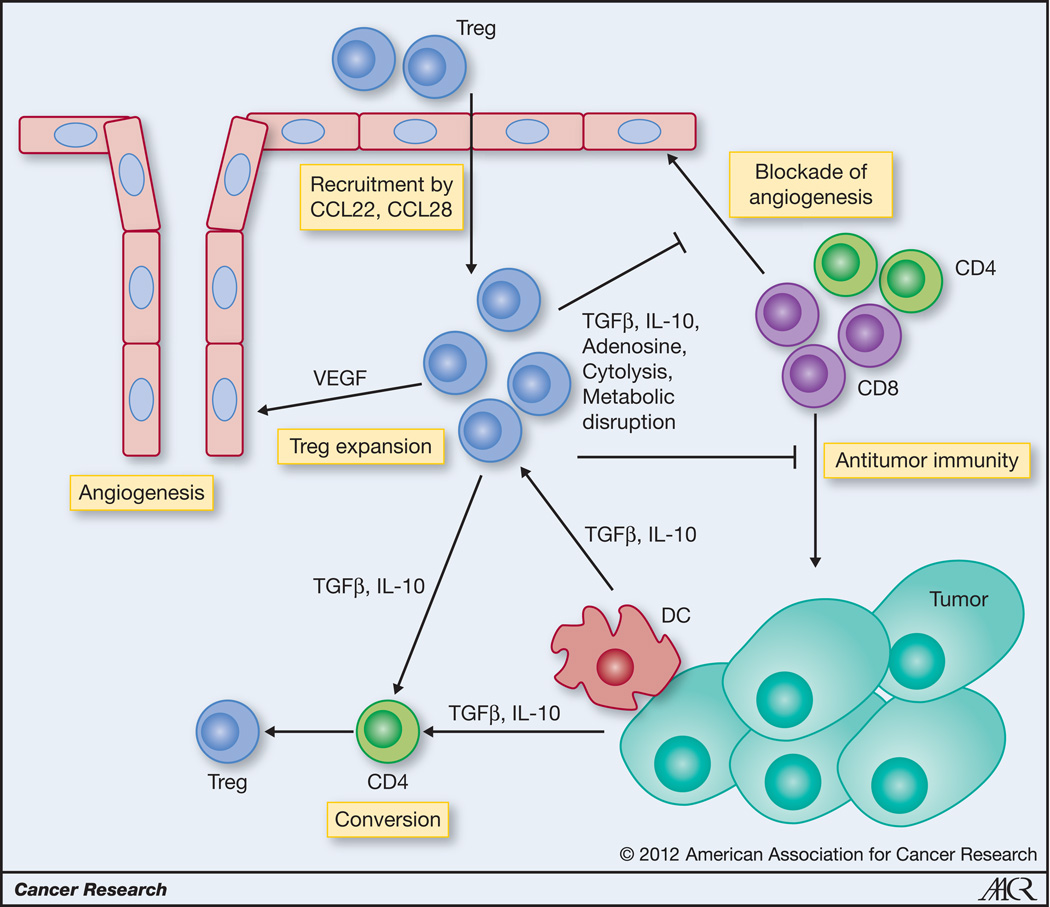Figure 1. Role of Tregs in tumor progression.
Tregs are recruited to tumors from the periphery by tumor-derived, hypoxia-induced CCL28, but also DC and tumor derived CCL22. Within the tumor microenvironment Tregs can be expanded by TGFβ and possibly IL-10, that can also convert CD4+ naïve precursors into induced Tregs. Tregs promote tumor progression by direct inhibition of antitumor effector CD4+ and CD8+ T cells through inhibitory cytokines, cytolysis and metabolic disruption. Further, Tregs recruited to hypoxic areas directly stimulate angiogenesis through production of VEGF. Tregs also indirectly encourage angiogenesis by blocking effector cell-derived angiostatic cytokines like IFNγ and CXCL-10.

